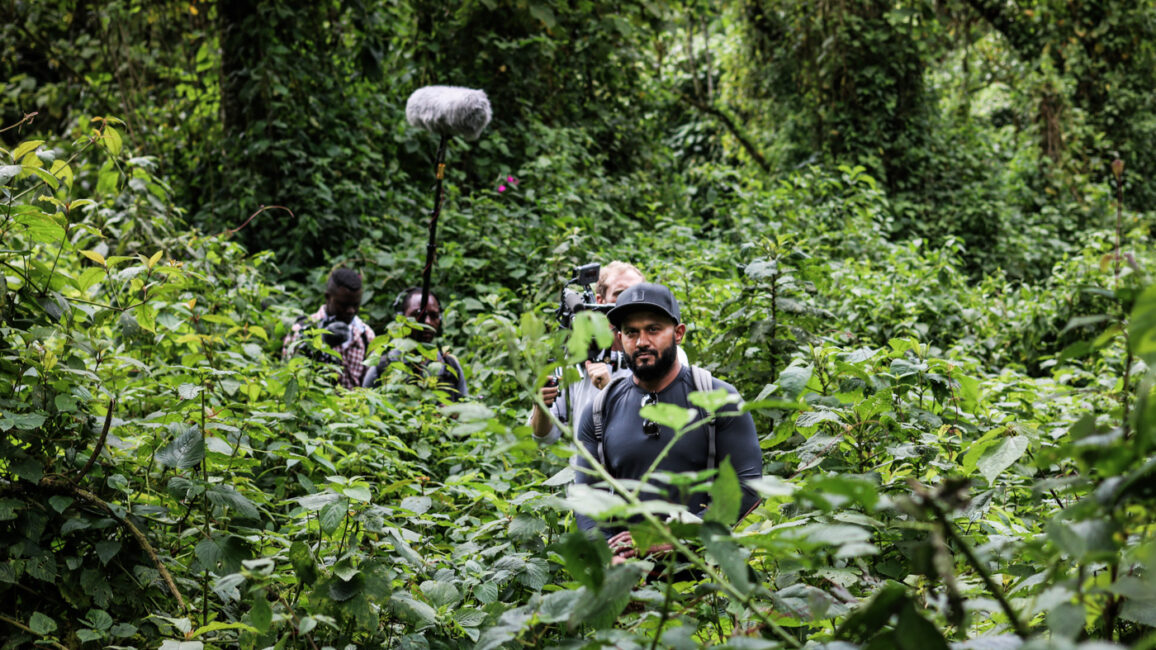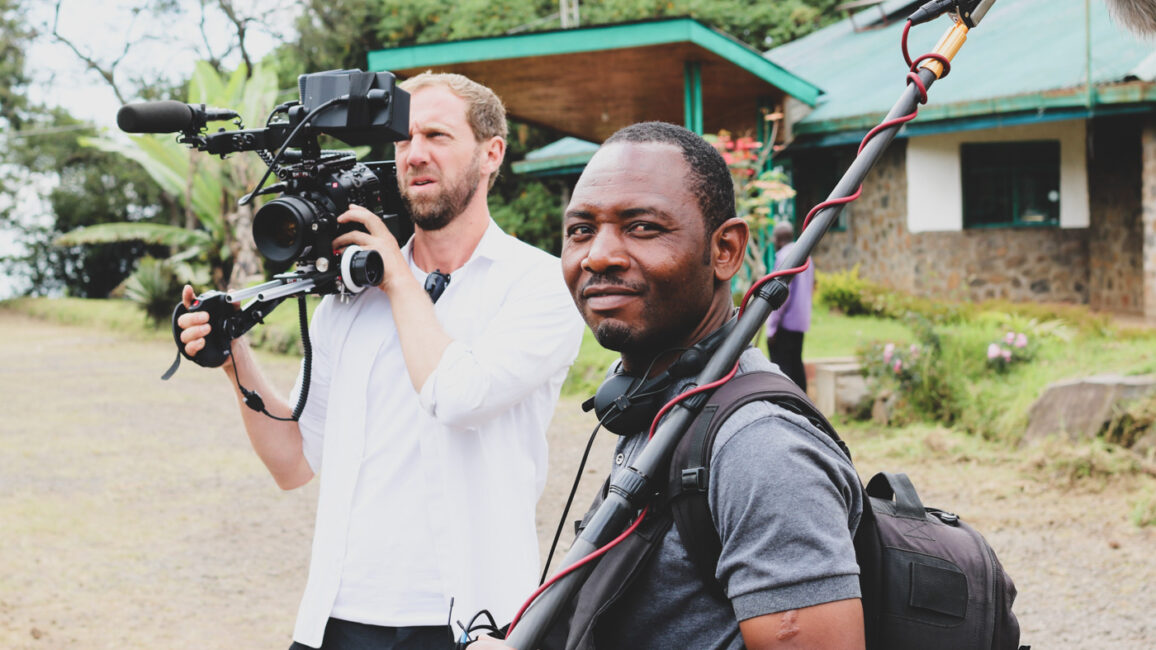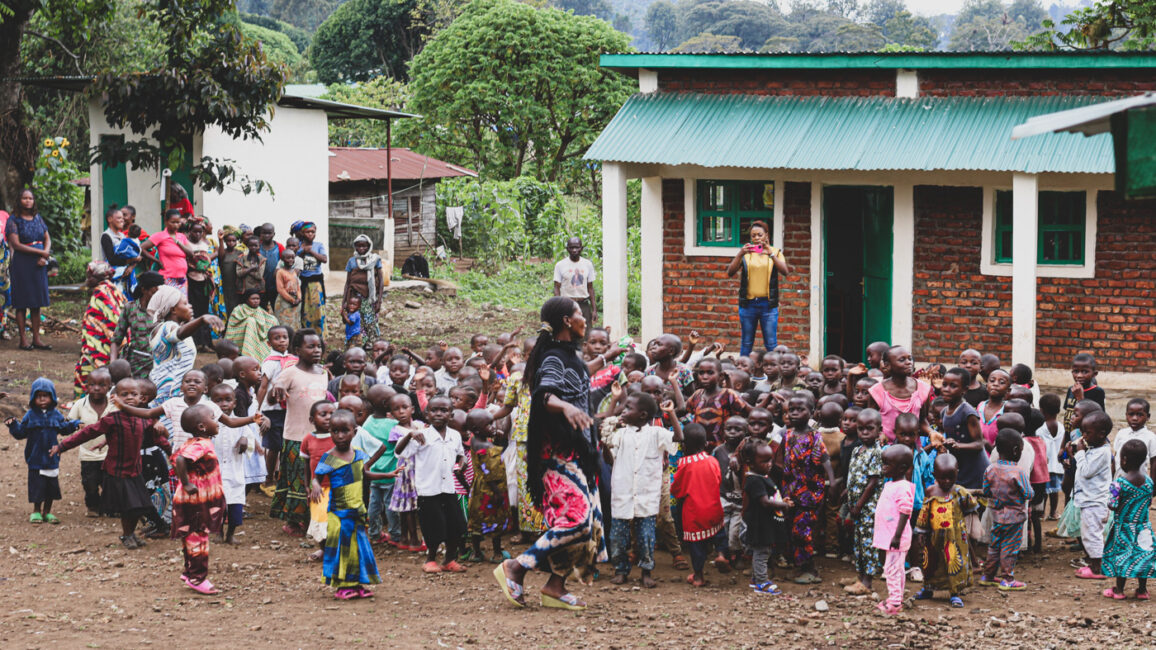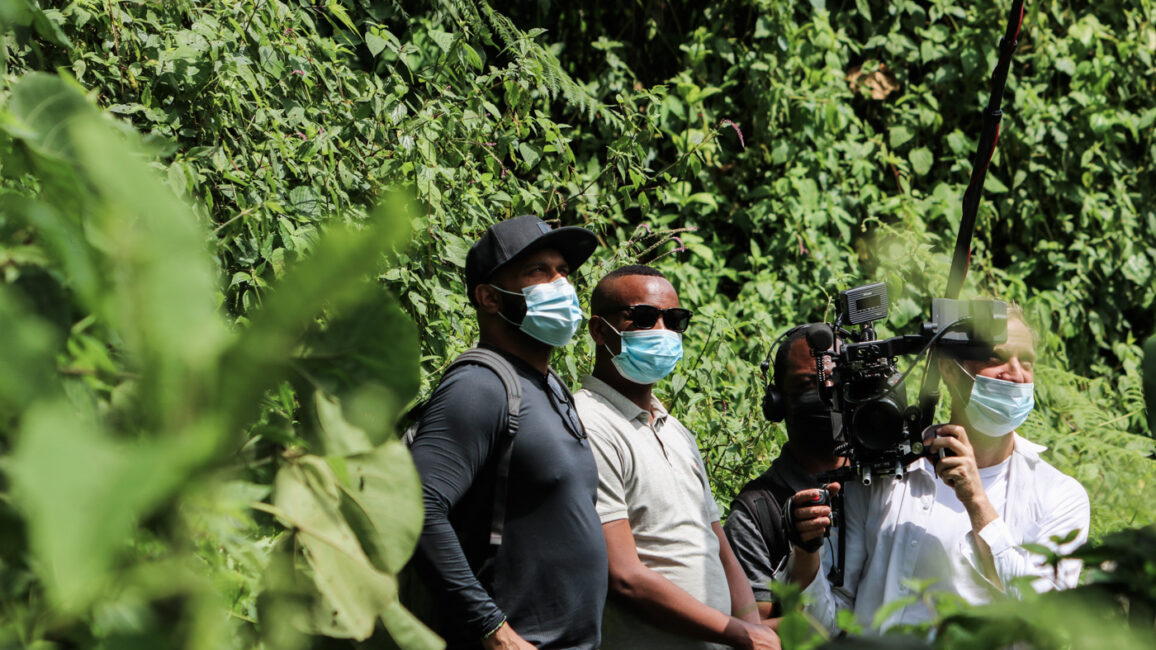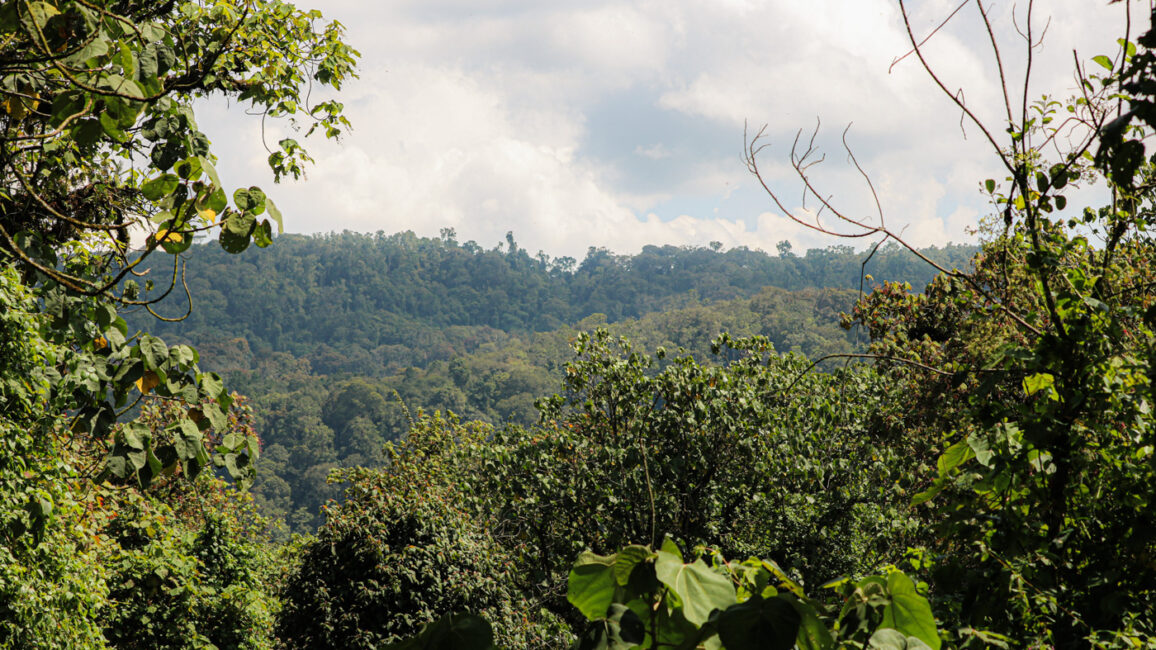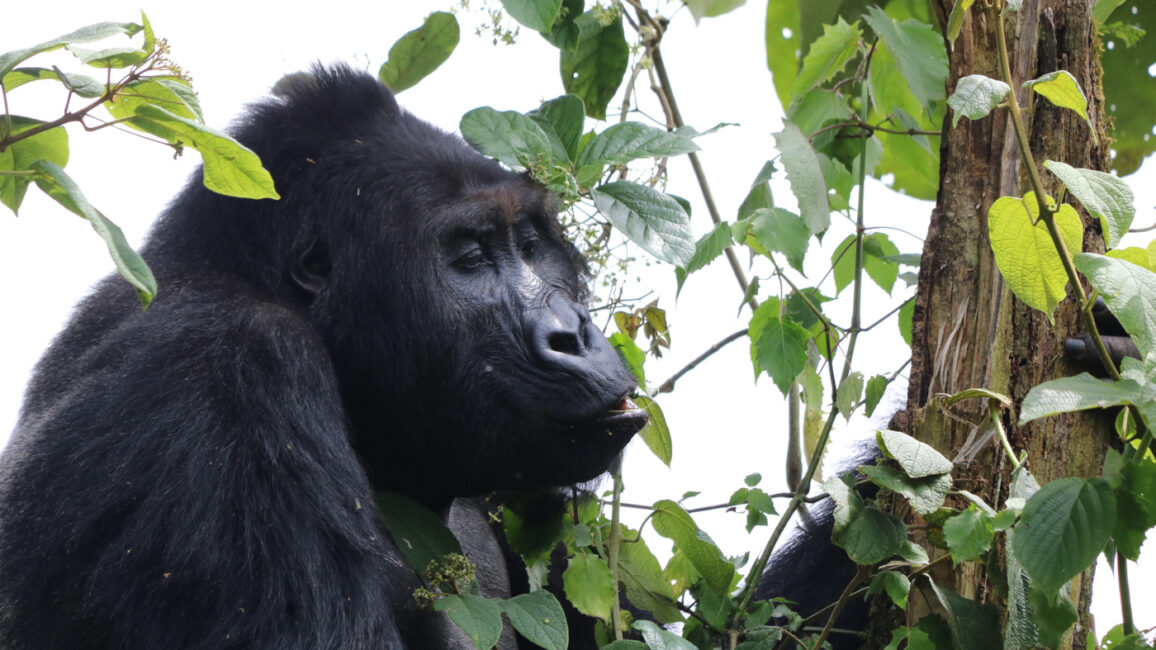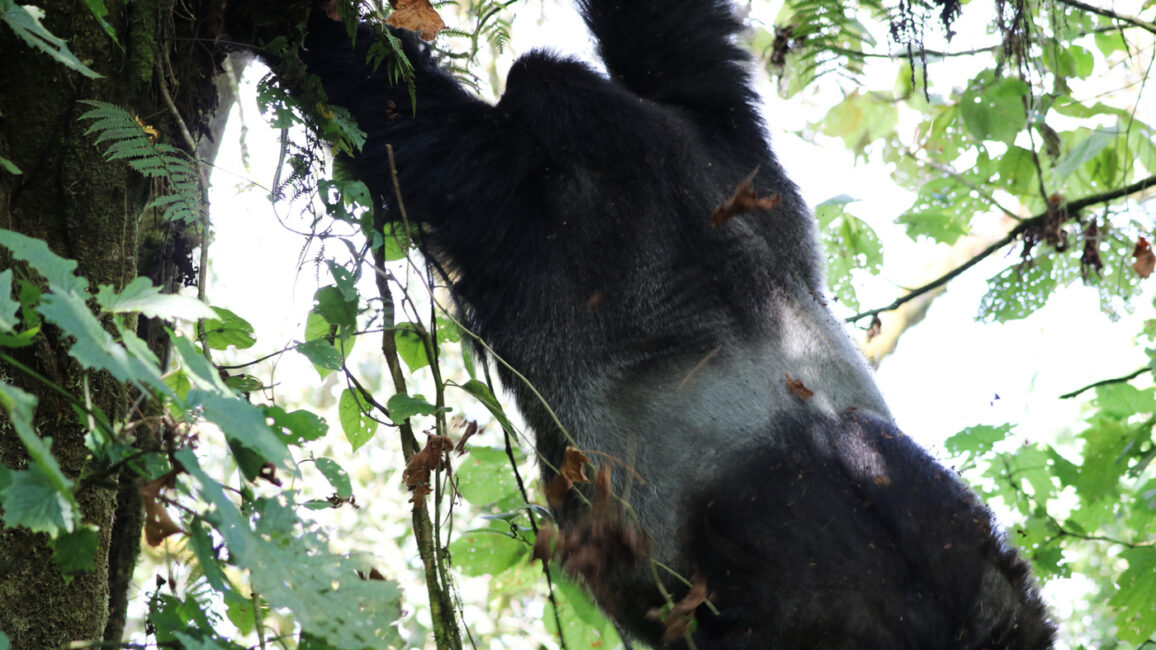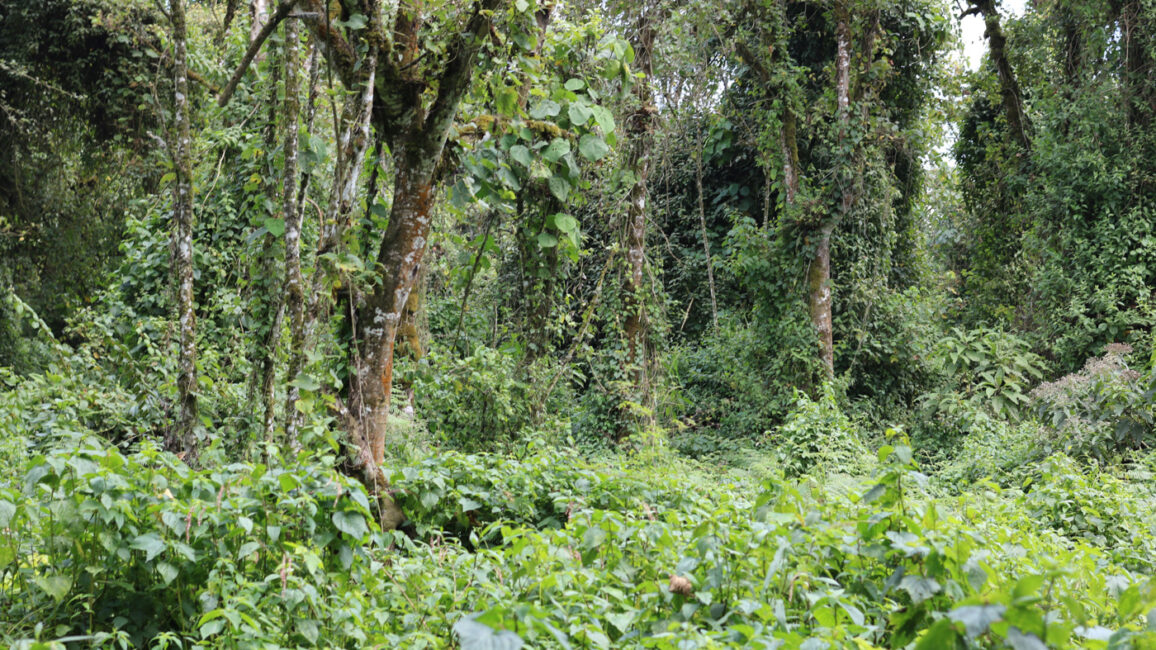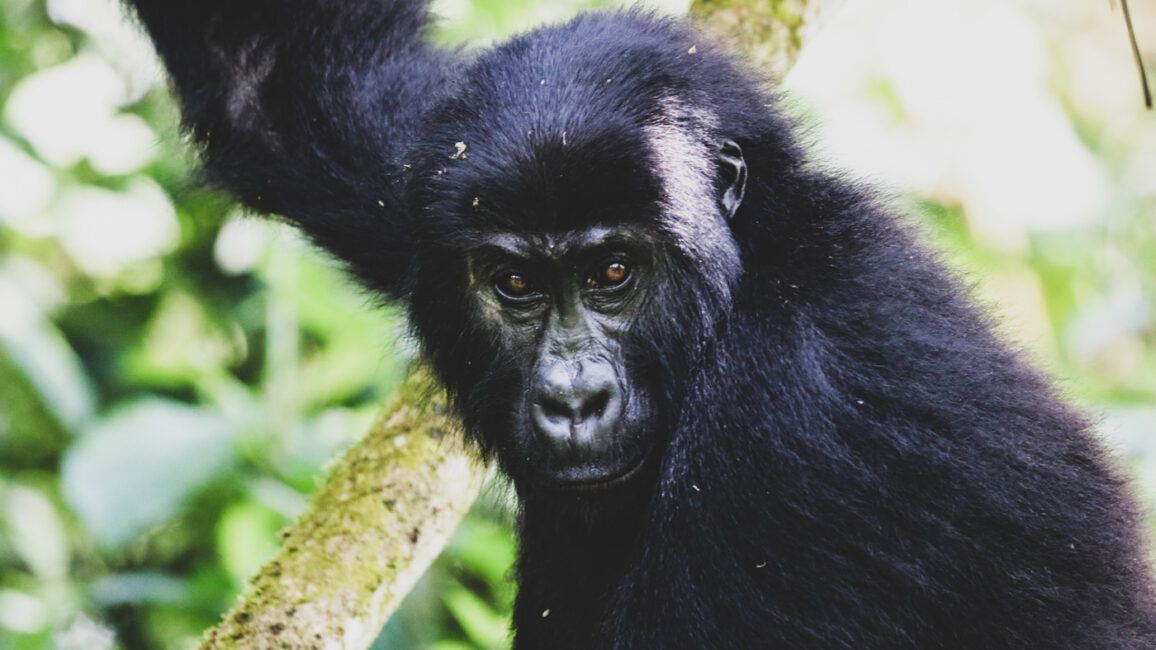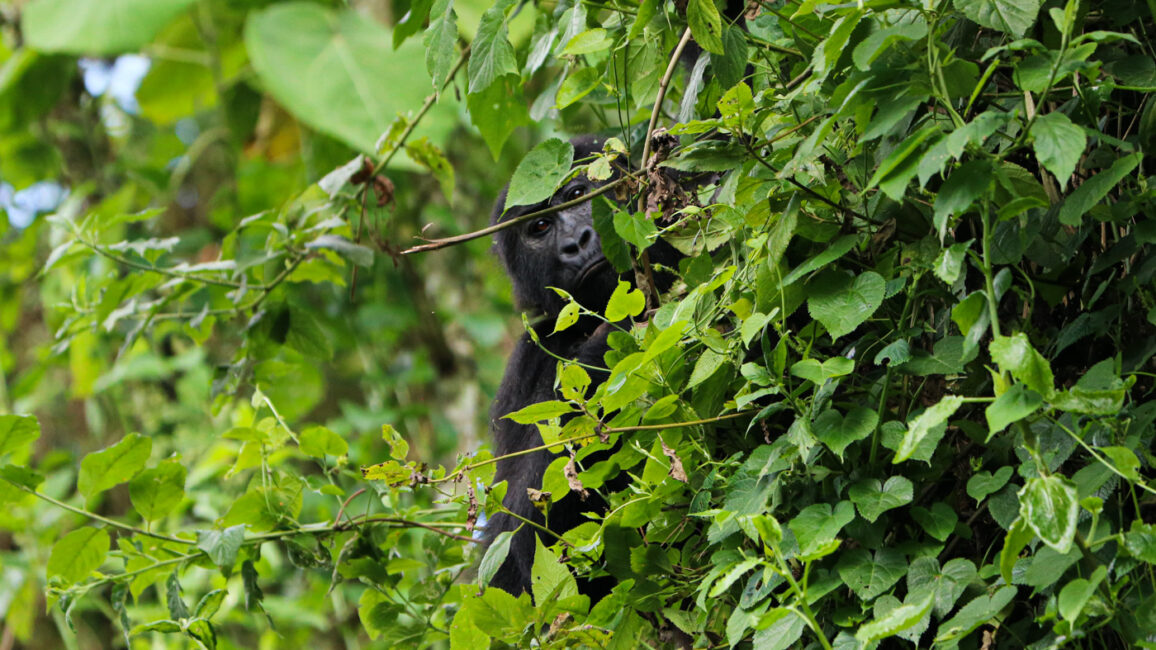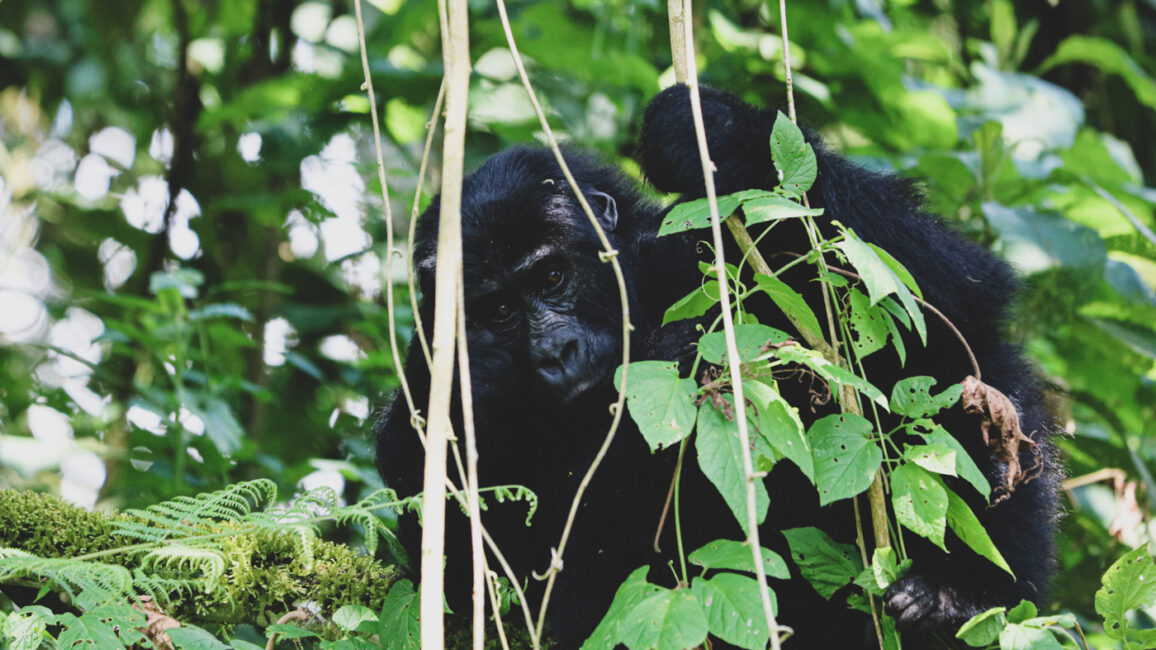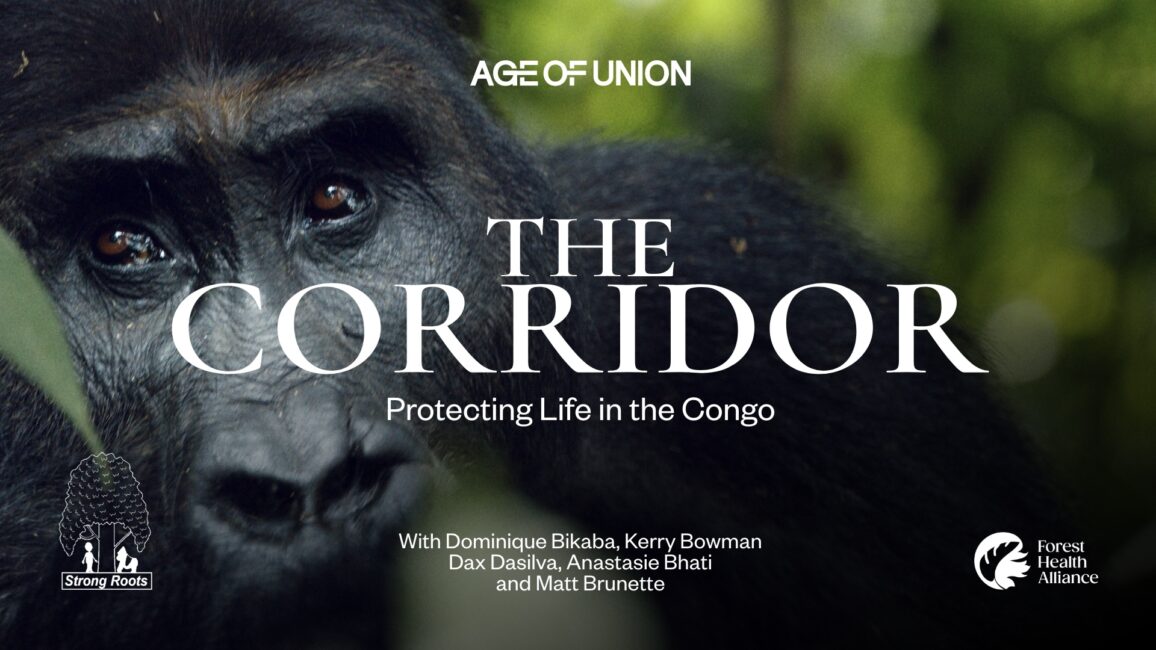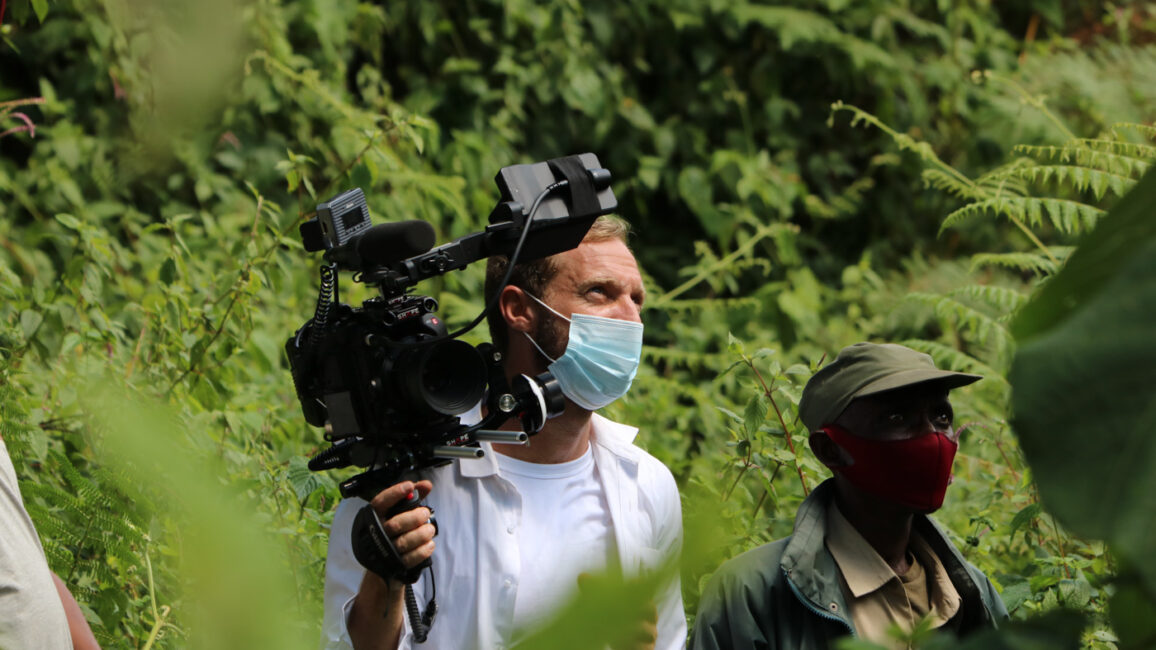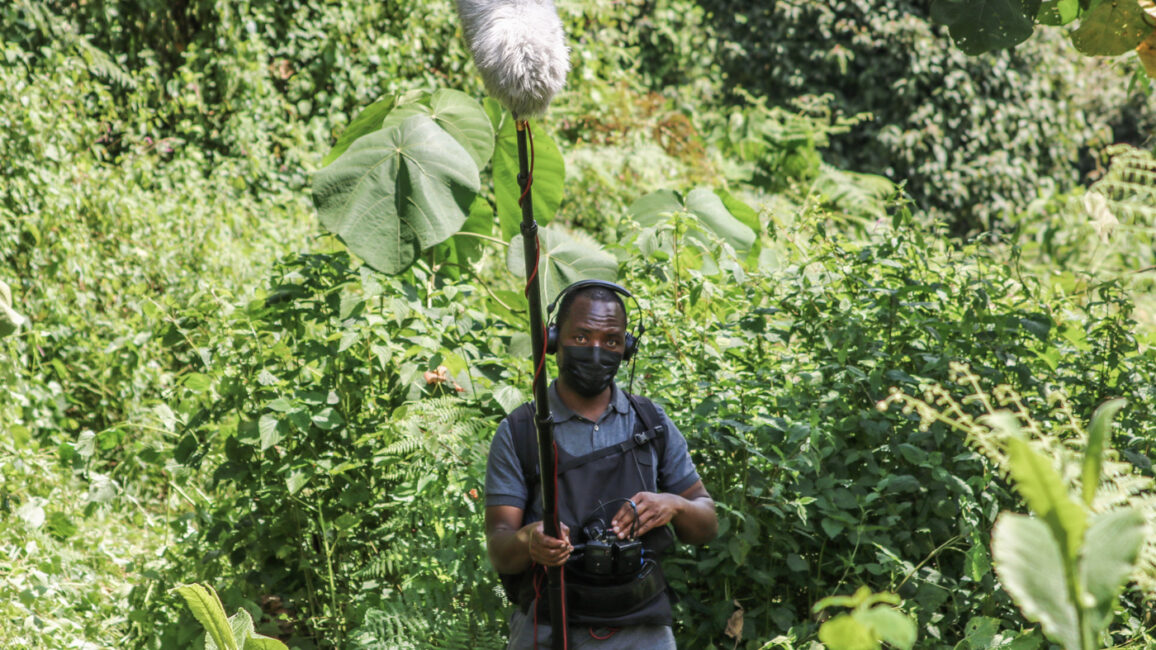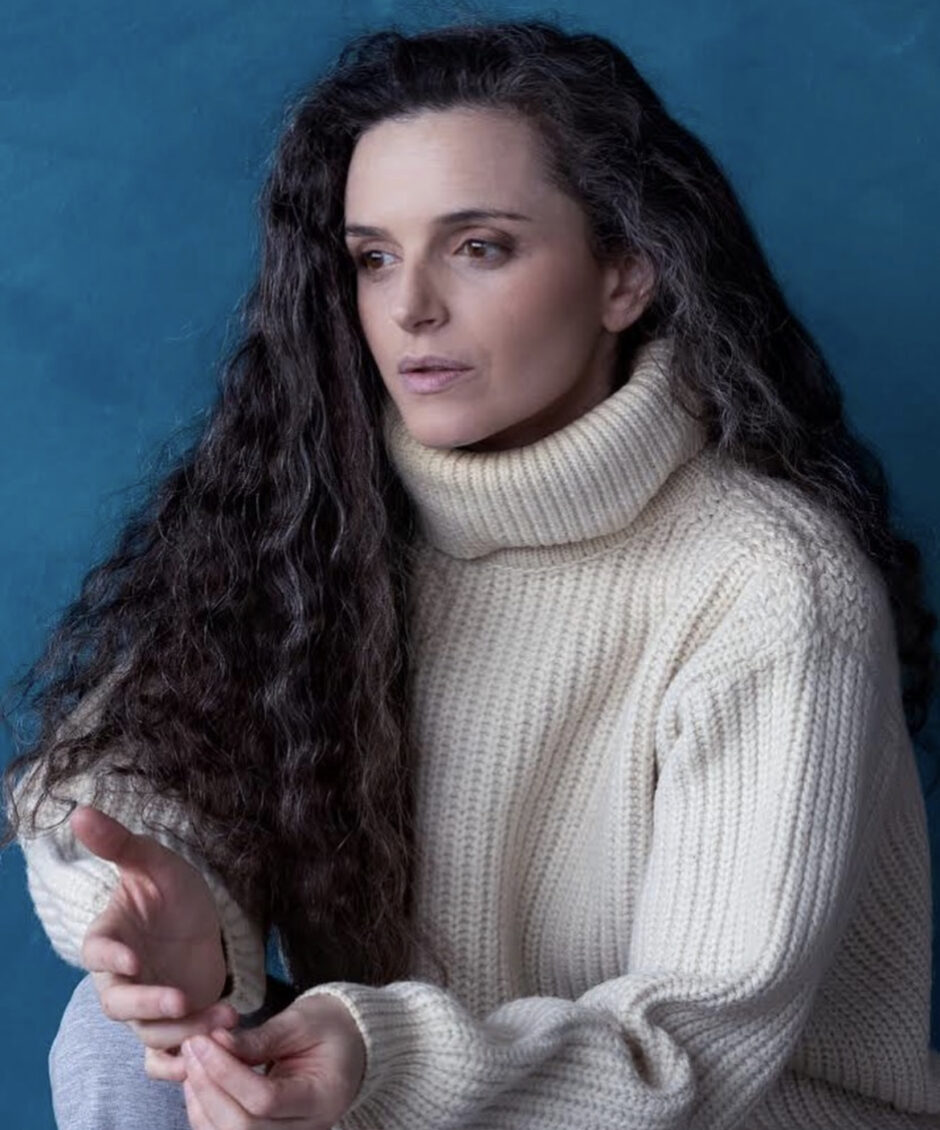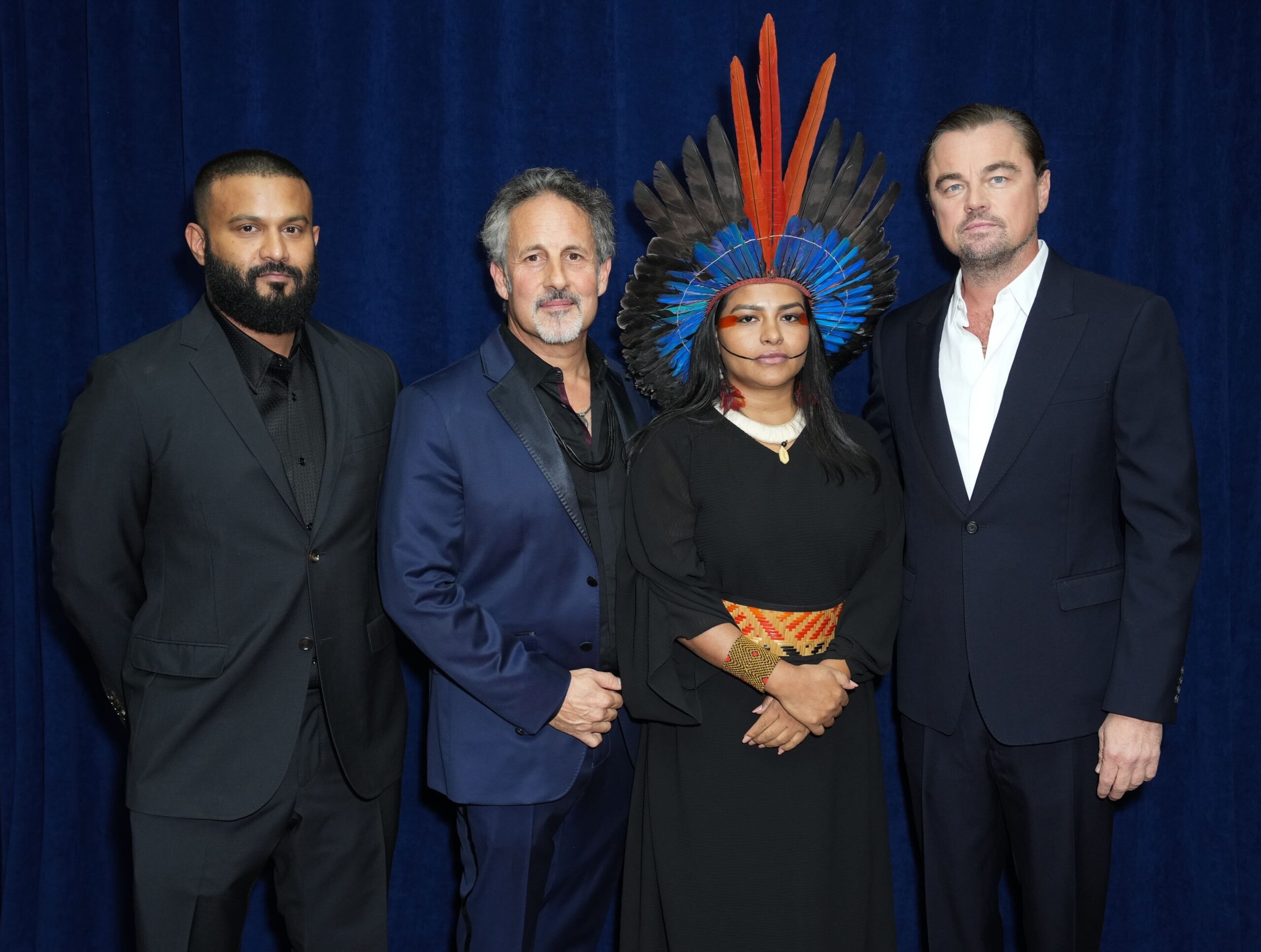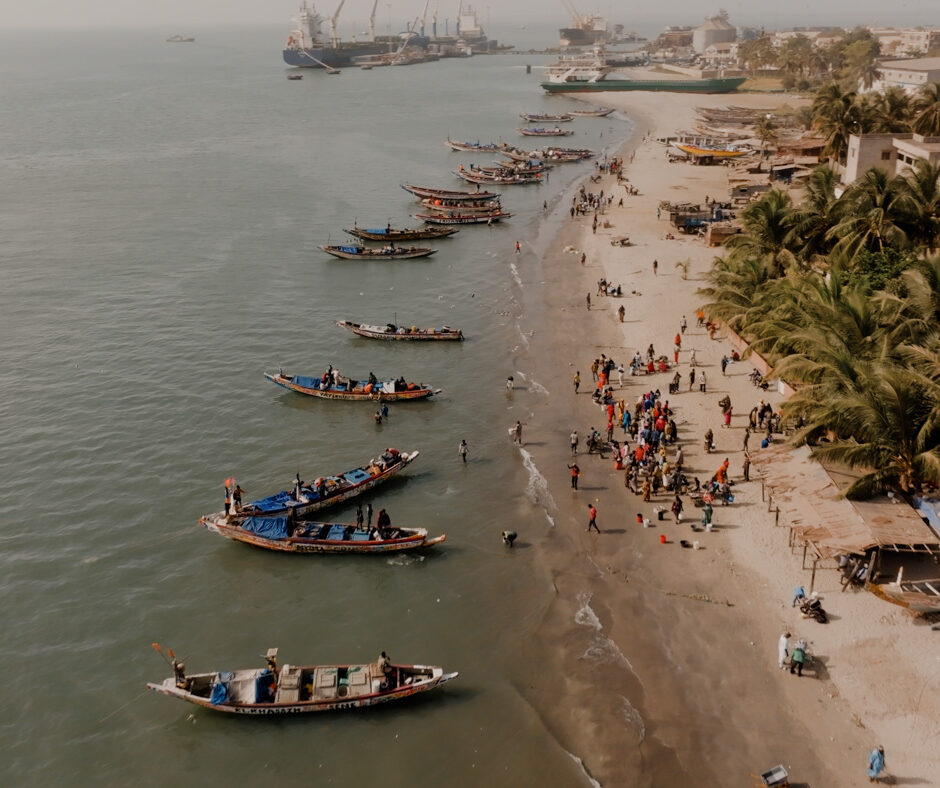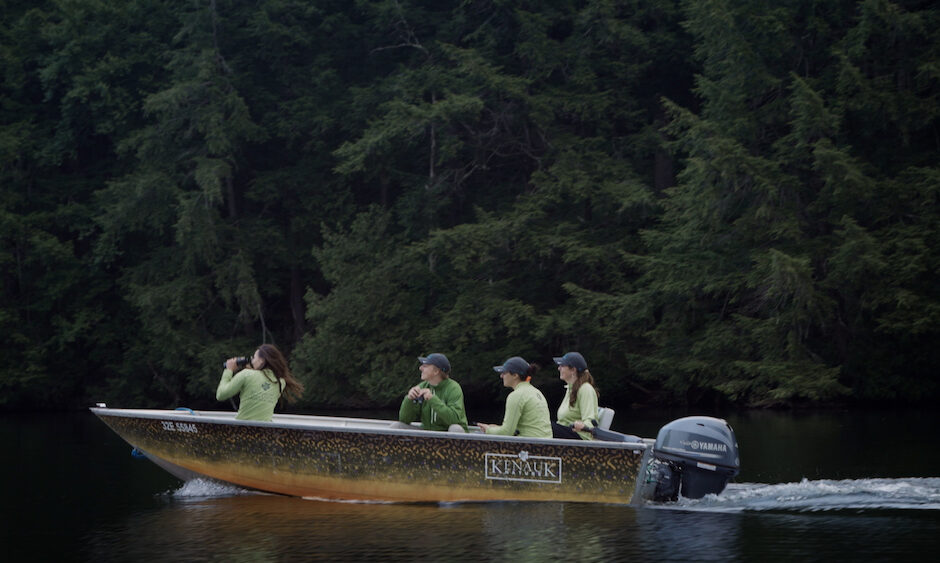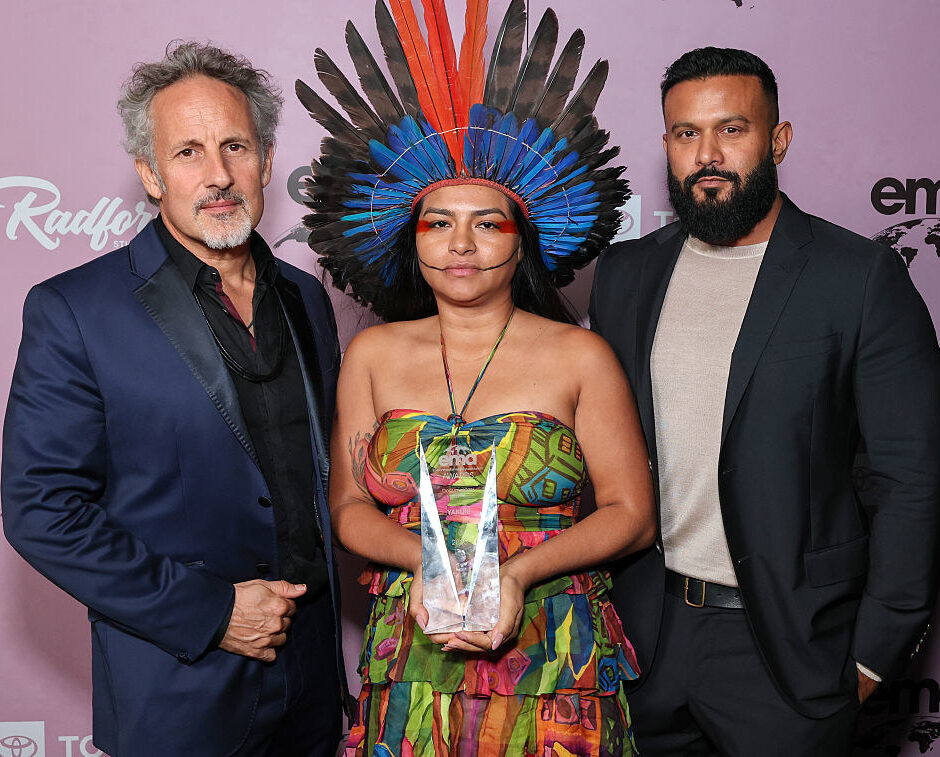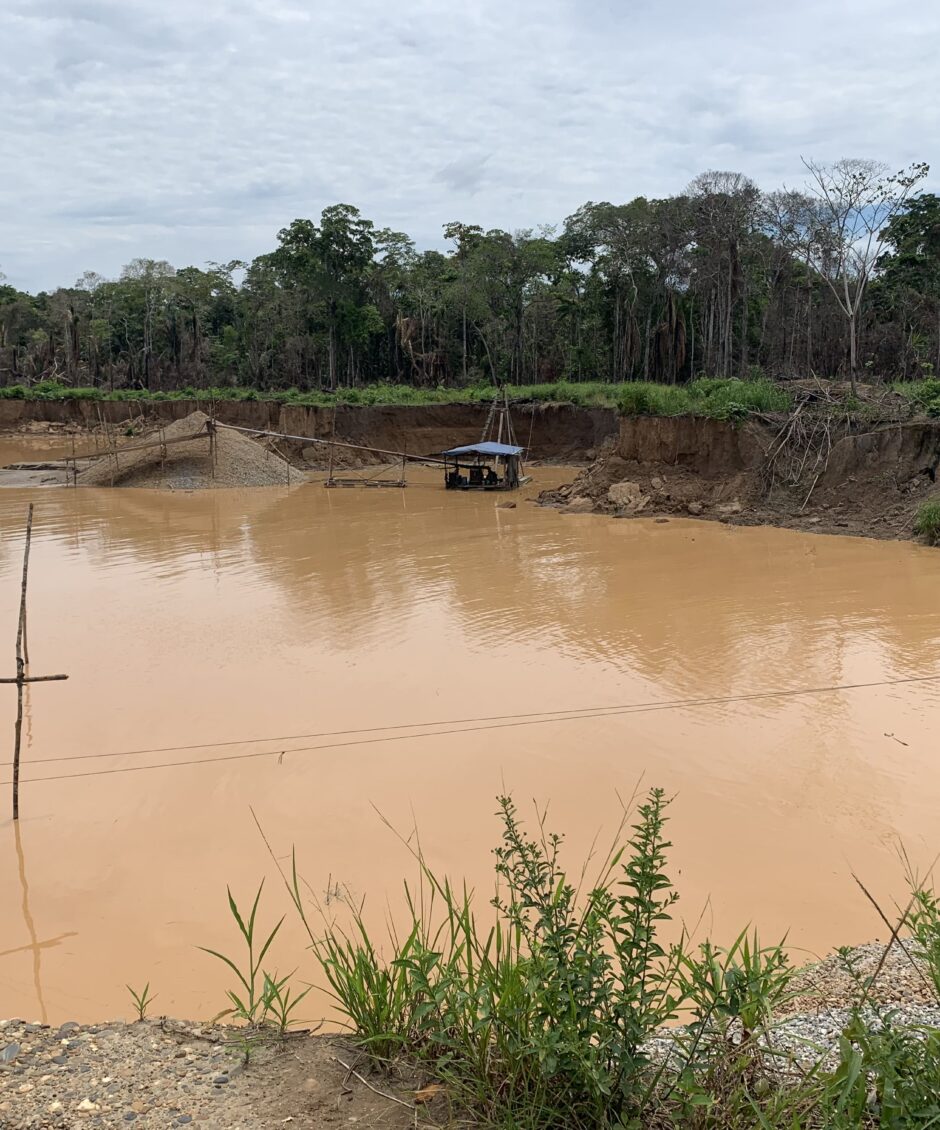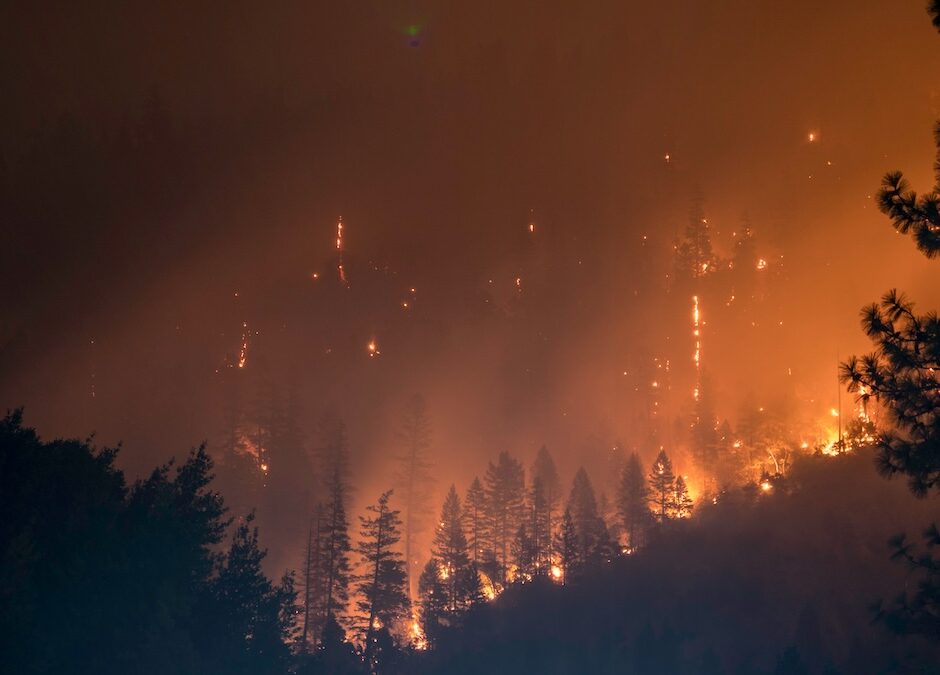Filming for Impact: How Age of Union’s Documentary The Corridor Inspires Change
Article
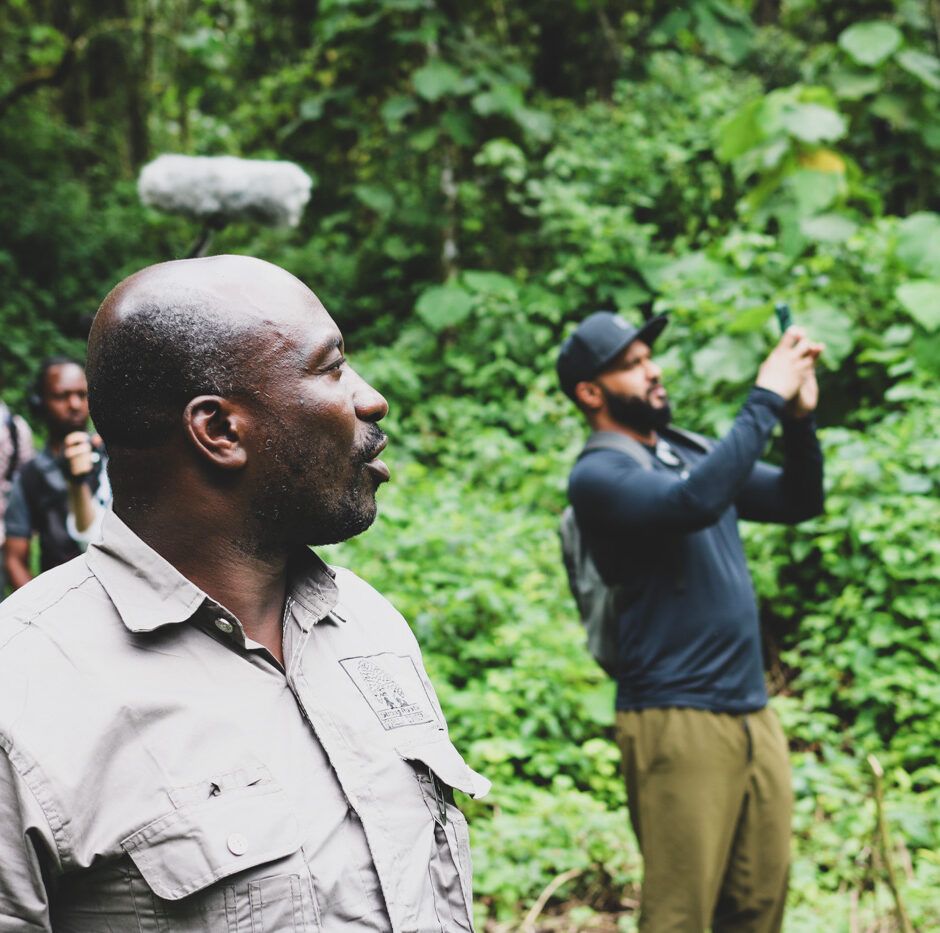
Last year, we released a poignant documentary, The Corridor, which tells the story of Dominique Bikaba, Founder and Executive Director of Strong Roots Congo for nearly 20 years. The film delves into his daily challenges, the motivations behind his fight to protect the forest and his community, and the successes achieved through Strong Roots Congo’s partnership with Age of Union. Bikaba shares his thoughts on the importance of this film.
Author
Mariette Raina
Topics
The Power of Stories
Stories have existed forever. The art of storytelling not only allows us to explain the world but also transmits values and messages while preserving the culture and memory of past generations. We are made of stories. While means of communication have evolved to keep pace with today’s increasingly high-speed, high-tech world, the need to tell and listen to stories remains essential.
That is why films are an essential tool in Age of Union’s fight to protect the planet; sharing our partners’ stories and shining a light on those who often work in the shadows of success is a crucial part of our mission.
Last year, we released a poignant documentary, The Corridor, which tells the story of Dominique Bikaba, Founder and Executive Director of Strong Roots Congo for nearly 20 years. The film delves into his daily challenges, the motivations behind his fight to protect the forest and his community, and the successes achieved through Strong Roots Congo’s partnership with Age of Union. Bikaba shares his thoughts on the importance of this film.
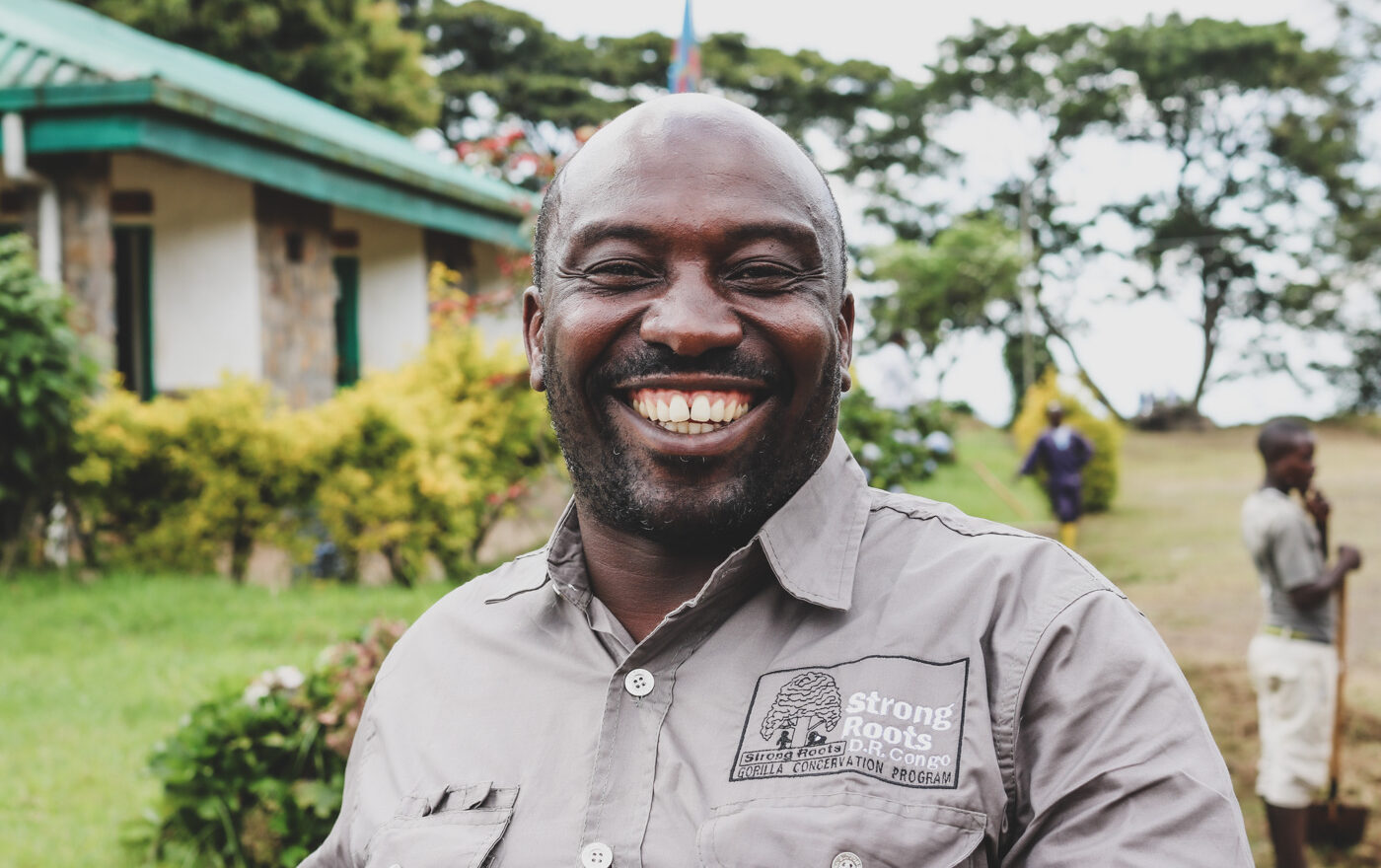
What was the filming experience like for you?
Dax Dasilva spending time in my village to make the film was incredibly meaningful. Very few take the time to go in the field. Lots of people view the Congo as a dangerous place and shy away from travelling here. But Dax came. He didn’t stop in the city; he went straight to the forest to meet with locals and learn about their way of life. That moved me a great deal.
How did you feel when the documentary was released?
It was a very emotional moment. The movie is significant because it sends a message of hope to the world. The narrative surrounding the DRC is often misery, war, and poverty, but The Corridor is a success story. The film shows the world that in this time of chaos, a spark of light and courage for the future has been ignited: the safeguarding of biodiversity. It highlights the importance of the commitment of local and indigenous communities to ensure the protection of natural areas.
“Known as the ‘lungs of Africa,’ the Congo Basin is the largest carbon sink in the world, absorbing more carbon than the Amazon. Spanning across six countries, its rainforest provides food security, an essential lifeline for Indigenous and local populations, and a critical habitat for endangered species.”
Why has conservation of the Congo Basin received less support than that of the Amazon, and how do you think films like The Corridor make a difference?
Historically, the Amazon has received more funding than the Congo Basin for several reasons. On the one hand, the United States invested heavily in conservation, and due to its location on the American continent, the Amazon was more accessible to researchers and funders. More research led to wider media and political attention and, consequently, more funding.
On the other hand, the DRC’s history —marked by slavery, colonization, wars, and dictatorships—has long dampened international interest in the region. Its volatile political landscape has made access to the territory more difficult and limited the involvement of conservation actors. The political situation has profoundly weakened the forest and its resources but has also adversely affected the attention paid to the region.
As a result, the Congo Basin received very little interest and funding. That said, the need to prioritize it has never been greater. With initiatives like The Corridor, we can change the narrative and garner more support for preserving this region, which is essential to our planet’s wellbeing.
What sort of meaningful impact do you think the film might have?
This film highlights how crucial conservation is to the DRC and can encourage a broader audience – citizens, sponsors, researchers and conservationists – to invest more in preserving this region. The Congo Basin plays an essential role in carbon sequestration, surpassing the Amazon’s absorption capacity. Its strategic position and interaction with other ecosystems make it a vitally important region for the global climate balance.
The Democratic Republic of Congo is home to exceptional biodiversity due to the high endemism of its ecosystems of both fauna and flora. It accounts for more than 80% of the forests in the Congo Basin, one of the largest carbon sinks and one of the richest ecosystems on the planet. The DRC provides a habitat for three of the world’s four known great ape species: the gorilla, the chimpanzee and the bonobo. It is also home to three of the four existing subspecies of gorilla, including the eastern lowland gorilla, the largest and most massive of the great apes. You can see this subspecies in the film.
The Corridor has the power to raise awareness by showing that, despite conflicts and socio-economic challenges, conservation is a reality driven by local actors who fight around the clock to preserve wildlife. The film also has the ability to pique the interest of sponsors, researchers, and conservationists who want to make a difference. We need to get this message out to the world, and that is precisely what Age of Union has managed to do with this documentary.
Topics
Article written by
Mariette Raina
Mariette Raina writes articles discussing environmental, spiritual and artistic subjects. Mariette has a Master's degree in Anthropological studies and vast experience within the Fine Arts field. She has contributed to numerous projects for Dax Dasilva since 2016. She is currently Conservation Director at Age of Union.
Related
articles
Film
Environmentalist and Executive Producer Dax Dasilva Celebrates World Premiere of YANUNI at the 2025 Tribeca Festival
Africa, Project
Inside the Fight to Protect Gambian Artisanal Fishermen and Biodiversity From Industrialized Fishing
America, Film, News, Project
Age of Union Reveals New “On the Frontline” Episodes Featuring Kenauk Reserve’s Conservation Efforts
Project
More articles
News
Age of Union Marks 4 Years of Global Conservation Wins As COP30 Commences in Brazil
News, Other
‘Echoes from Eden’ Book Tour Connects Readers to Urgent Stories of Conservation
Explainer, South America
In the Amazon, Gold Mining Leaves a Toxic Trail
America, Asia, News
What More Intense Wildfire Seasons Mean For People and the Planet
Film
